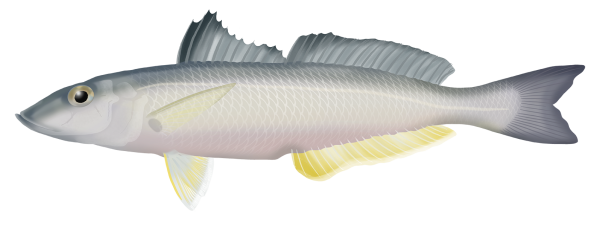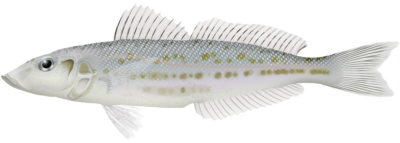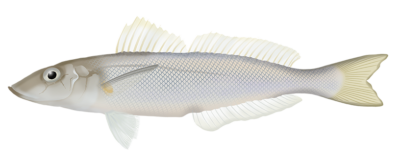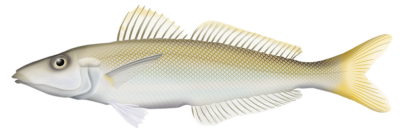Quick Facts
Distribution
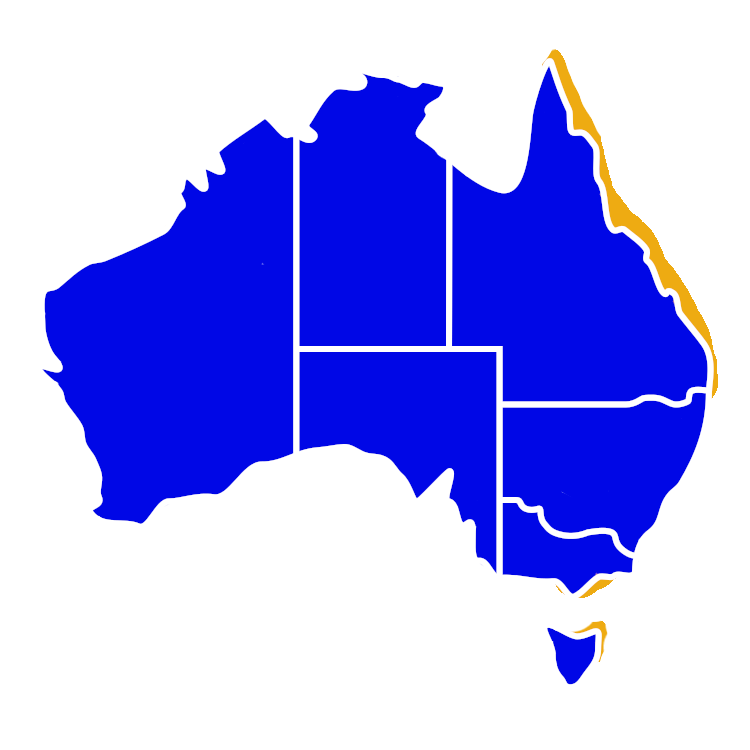
Interesting Info
- Sand Whiting are widely distributed along the eastern and southern coastlines of Australia. They can be found from Queensland, through New South Wales and Victoria, and down to Tasmania. There have also been recording in South Australia.
- Sand Whiting have an elongated and slender body, with a slightly compressed shape. The coloration of Sand Whiting can vary, but they usually have a silver or greyish body with distinct longitudinal stripes along their sides. These stripes can range from pale yellow to dark brown.
- They are known to exhibit schooling behaviour, especially during their juvenile stages. These schools can range from a few individuals to larger groups, and they often swim close to the surface.
- Sand Whiting primarily feed on small crustaceans, molluscs, and worms that they find in sandy substrates. They use a technique called “head-down sifting” to locate and capture their prey.
- They have a well-developed sensory system, including a keen sense of smell and excellent eyesight. These adaptations help them locate food in their sandy habitat.
- Breeding habits of Sand Whiting are influenced by water temperature and other environmental factors. They typically spawn during the warmer months, usually from late spring to early autumn, with peak spawning occurring in summer.
- Male Sand Whiting build nests in shallow sandy areas, where they court females by performing a mating dance. Once the female releases her eggs, the male fertilises them and guards the nest until the eggs hatch.
- Their estimated average lifespan is between 6 – 8 years.
Species Interaction
Recreational Fishing, Snorkeling & Diving
Sand Whiting are a popular fishing species among recreational anglers. They are highly sought after for their abundance, sporting qualities, and delicious taste. Sand Whiting provide an enjoyable fishing experience due to their willingness to take bait and the challenge they present in light tackle situations. They are not aggressive and can be observed in the wild by snorkelers and divers. They can often be found foraging for food in schools, making for an interesting sight.
Scientific Classification
Kingdom: Animalia
Phylum: Chordata
Class: Actinopterygii
Order: Perciformes
Family: Sillaginidae
Genus: Sillago
Species: Sillago Ciliata
Conservation Status
In terms of conservation status, Sand Whiting is not currently listed as a threatened species in Australia. However, it is important to ensure sustainable fishing practices to maintain their populations.
Fish Taste Quality
Sand Whiting are considered excellent eating fish with a delicate flavour. They have white, flaky flesh that is mild and slightly sweet. The meat is moist and tender, making it highly desirable for culinary purposes.
Taste Rating: 4/5
How to catch
Sand Whiting
Catch Difficulty: Easy
Tackle: Running Sinker Rig, Artificial Rig
Bait: Crab, Fresh cut flesh baits, Lures, Pilchards, Prawns, Shellfish, Squid, Worms, Yabbies, Soft plastics
Technique: Keep bait on the bottom, Cast bait/jig/lure near schooling fish
Popularity: Highly targeted
Recreational Viewing
- Snorkeling & Scuba
Finding: Easy
Temperament: Peaceful
Location: Inner Reef, Lagoon, Seagrass Beds, Sandflats
Danger: None


